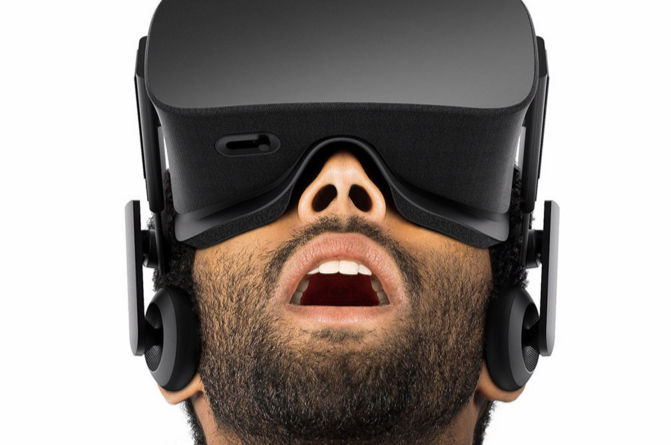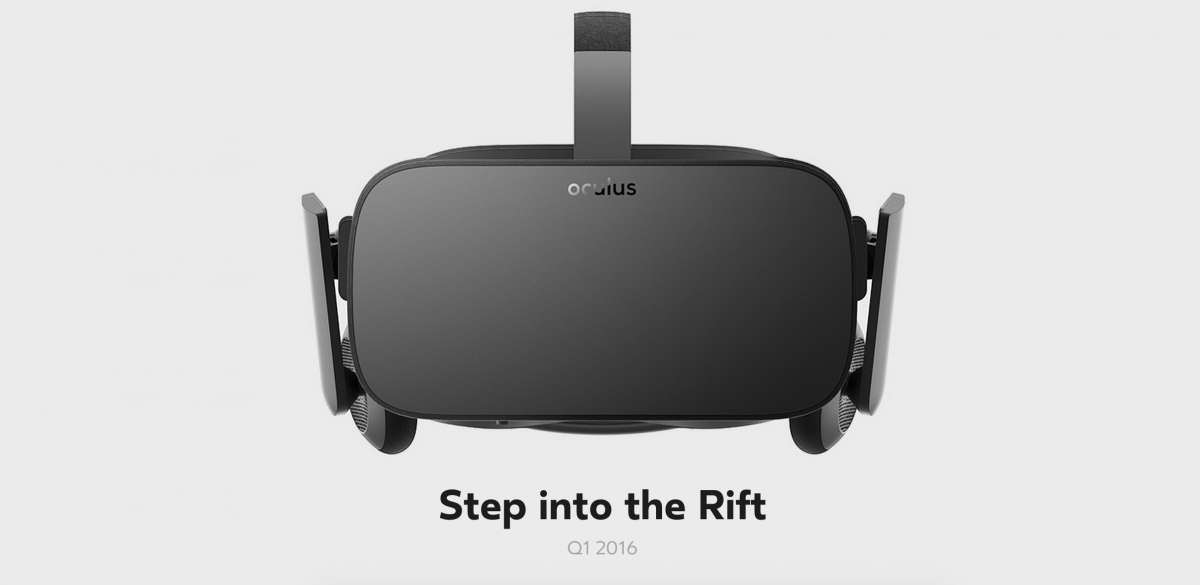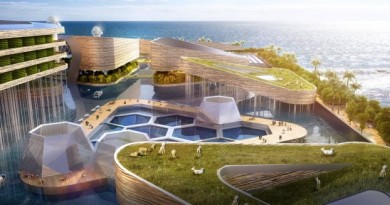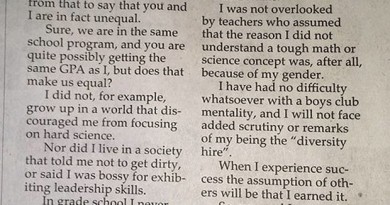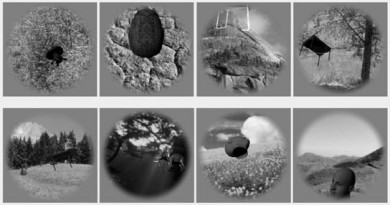A step to virtual reality : Oculus Rift
The age of playing in the gardens and society lawns is long gone with the start of the virtual era.
Founder of one such virtual reality developing company Oculus VR Palmer Luckey raised $2.5 million for the development of the Oculus Rift proposed in kickstarter campaign. Oculus has described it as “the first really professional PC-based VR headset”
The Rift provokes to the user with high definition resolution of 1080×1200 per eye, with the refresh rate of 90 Hz , along with a wide field of view. The headphones are integrated with the hardware itself to provide amazing audio. The Rift is also incorporated with rotational and positional tracking.
How did Rift develop?
Palmer Luckey, the founder of Oculus was also a Meant to be Seen (MTBS) discussion forum moderator for a long time, so when he developed the idea of creating a new headset display that was far more effective than what was already present in the market and also economic for the gamers, at just the age of 18, Palmer Luckey developed a rough prototype in his parent’s garage in Long Beach, California, in 2011.
After forming the company with in 2 months, Palmer’s Oculus VR launched a Kickstarter crowd funding campaign for their virtual reality headset, which was named the Rift. The kickstarter was launched to get an initial Oculus Rift prototype into the hands of developers so that further improvements and integration of the device can be held into their games popular as DK1 (Development Kit 1).DK1 was later recorded to be sold publicly for $300 on the website.
Further In March 2014 at GDC, Oculus had announced the upcoming Development Kit 2 (DK2) which began shipping in July of the same year. The DK2 was a small purified version of the prototype, with certain major improvements over the DK1, like it had upgraded higher-resolution (960×1080 per eye), included low-persistence OLED display, increased refresh rate, improved positional tracking, a detachable cable was combined, and the emission of the need for the external control box.
Oculus VR announced that the consumer version of the Rift will be stocked for shipments in the first quarter of 2016 with pre-orders starting in late 2015.
The consumer version is an improved version of the Crescent Bay Prototype, which featured the per-eye displays running at the refresh rate of 90 Hz with a higher combined resolution than DK2 , a 360 degree positional tracking, and integrated sensible audio clarity, a boldly increased positional tracking system, and with a perspective of consumer economics and aesthetics.
Specs & requirements
The Rift best works with the minimum cable connection to a PC running on Microsoft Windows that will run the software since it is not a standalone device. The computer should also require a powerful GPU at least equivalent to NVIDIA GeForce GTX 970 or AMD R9 290, and a CPU configured with atleast to Intel i5-4590.
The Rift has a 6 degree of freedom including rotational and positional tracking, which is performed by Oculus’s Constellation tracking system being a precise, low-latency, and sub-millimetre accurate system it performs the designated work efficiently.
Constellation?
As mentioned constellation performs the work of precise positional tracking , which is used to track the position of the user’s head as well as other VR devices. the system consists of an external infra-red tracking sensors which optically track the optimized VR devices. The Rift, or any other device that is being tracked by the system, has a series of precisely positioned infrared LEDs fixed under or above the surface, which are set to blink in a specific pattern. With knowledge of the configuration’s of the LEDs on the objects and their pattern, the system determines the precise position of the device with sub-millimeter accuracy and near-zero latency.
Oculus Touch
Oculus along with the Rift is also releasing a pair of controllers to be used with it, designated Oculus Touch. These controllers are sold in pairs, and are mirrors of each other, one for each hand. The controllers are lightweight, wireless, consisting handheld motion controllers featuring a joystick, buttons, and two triggers (one for grabbing and one for firing). The controller’s are traced in 3D space by the Constellation system, the user as a result sees them in virtual reality responding to their real world counterpart, hence do the users experience a sensation of their hands being present in the virtual space.
Latest updates
AltspaceVR launched a public beta for DK2 owners to try out their social VR platform. AltspaceVR allows people to cast content from the internet on virtual screens, interact with objects (allowing activities such as playing chess or other board games), and supports extra hardware like eye tracking and body tracking, inhabiting a shared virtual space with spatial voice communications, .
On march 26 2014, Facebook acquired Oculus Rift for $2 billion with the mission to connect the world more with virtual and simulative environments.
Oculus Rift is expected for consumers release latest in 2016.
More about Oculus Rift here

